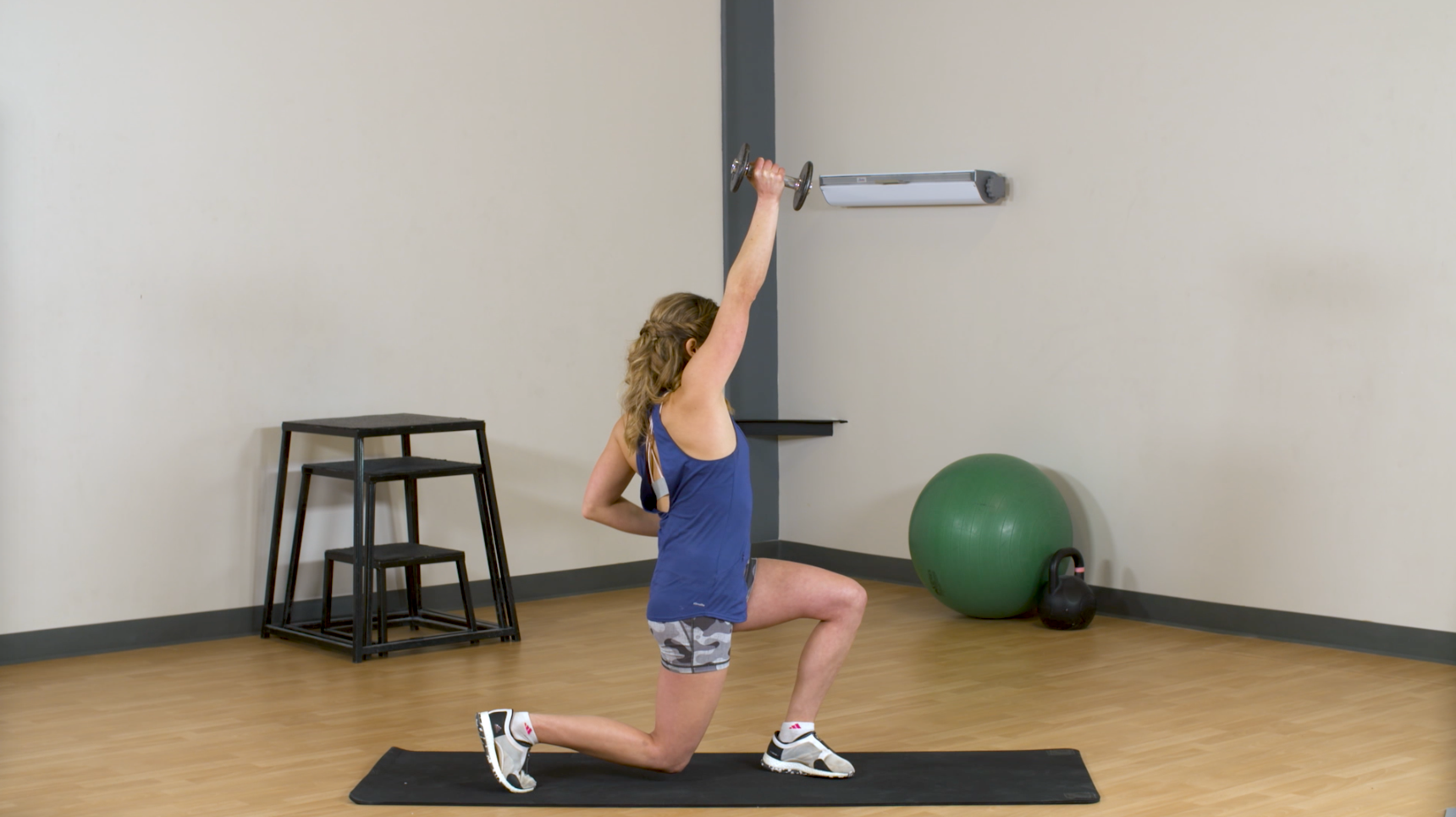Injury Prevention Quick Tip: Preventing Knee Pain

"None"
Strains, sprains and other injuries are common among climbers, but they don’t have to be. Sign up for Strength Training For Injury Prevention with Dr. Jared Vagy and you’ll learn the proper way to train and be on your way to injury-free climbing.
Imagine you’re trying a challenging boulder problem that requires three-dimensional movement. You see a right foothold in front of you and a left foothold out behind you. You know that you need to oppose pressure with your feet and perform a drop knee so that you can reach the next handhold, so you aggressively rotate your left knee inward and down as you move into position. Suddenly, you feel a grinding sensation in your knee, like a rock in a cheese grater. You then hear a loud pop. What just happened?
Knee injuries during climbing are frequent, but seldom discussed. They often occur during specialized movements such as heel hooking, drop knees, or highsteps. Or they can even occur from overuse, such as repeatedly landing while bouldering or during approaches and descents with a heavy pack.
Climbing, and the complex movements it demands, can place the knee in suboptimal positions that stress the ligaments and cartilage. This can occur in specialized movements such as drop knees when the large thigh bone (femur) torques inward on the smaller lower-leg bone (tibia). This movement stresses the structures on the inside of the knee, including the medial collateral ligament (MCL) and the meniscus.


Many climbers avoid routes that require specialized beta, such as aggressive drop knees, because they are uncomfortable with the movement required, even though it might be the most efficient solution. Then, when it comes time to onsight a problem and they haven’t fully integrated this move into their beta repertoire—but they try to pull it off anyway—they end up getting hurt. The drop-knee position is just one of several different specialized movement patterns that you can train on the ground to get stronger on the wall. Focusing on this training will not only strengthen the muscles that protect your knee, but also increase your ability, efficiency, and comfort while performing the actual movement when climbing.


Recommended Exercise: Resisted Drop Knee with Overhead Press
Perform the exercise below to improve and reinforce the movement pattern of a drop knee in climbing. This exercise coordinates stability between the opposing pressure of both feet and your reaching arm. Good strength and control in your hips allow you to rotate your hip and knee as a unit during a drop knee. In addition, this exercise will also strengthen the muscles that help you absorb shock from landing while bouldering, or during approaches and descents with a heavy pack.


Instructions
- Begin standing upright with your feet shoulder-width apart
- Pivot your feet so that your hips and torso turn toward one side of your body, making a complete 90-degree turn
- Your back heel should come off the ground as you drop that knee toward the ground
- The weight in your front foot should be in your toes
- Hold a dumbbell or any weighted item on the drop knee side of your body. Press it overhead as you perform the drop knee
- Your front knee will bend to about 90 degrees, taking most of your body weight
- Hold this “dropped” position for 3 seconds, stand up, and then repeat
Frequency:
3 sets of 10 repetitions per side
Tip
Perform this movement, with reaches in various directions, to mimic more of an actual “drop-knee” move.
Strains, sprains and other injuries are common among climbers, but they don’t have to be. Sign up for Strength Training For Injury Prevention with Dr. Jared Vagy and you’ll learn the proper way to train and be on your way to injury-free climbing.